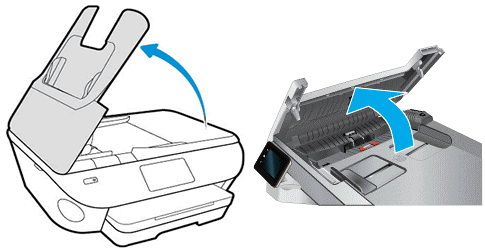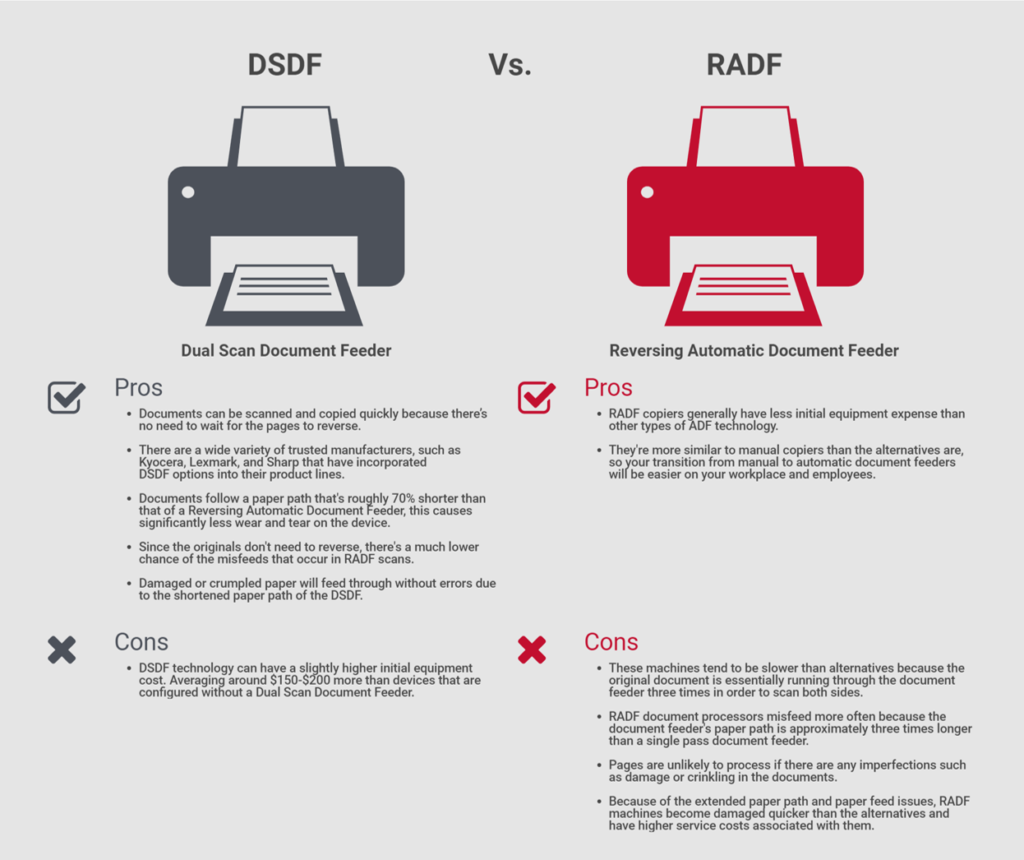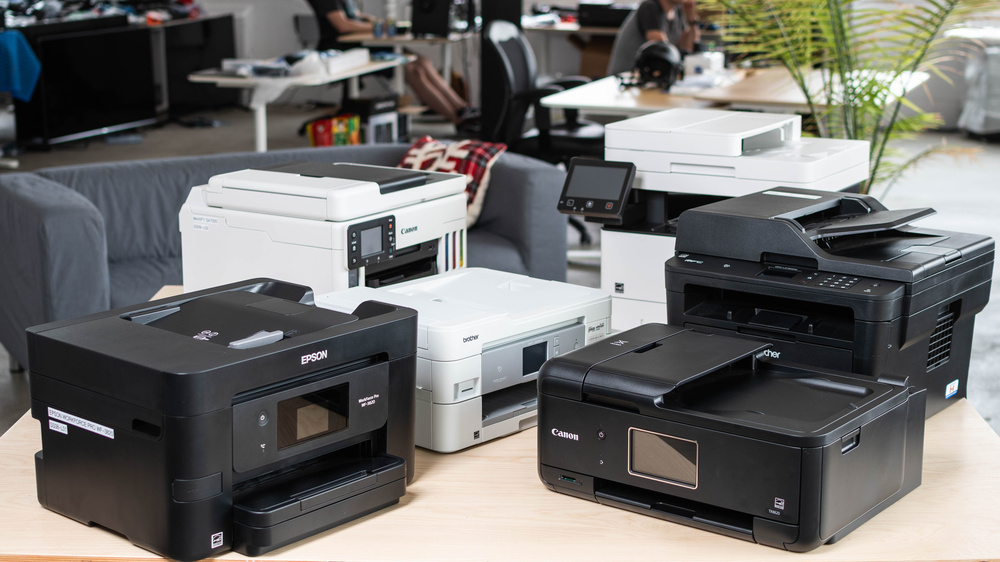In today’s digital age, it’s easy to assume that Printing marketing materials is a thing of the past. With the rise of online advertising and social media campaigns, many businesses have shifted their focus solely to digital marketing strategies. However, printed marketing materials still hold immense power in capturing the attention of potential customers and driving business growth. In this article, we will explore the importance of printed marketing materials and how they can effectively complement your digital marketing efforts.
The Power of Tangibility
One of the main advantages of printed marketing materials is their tangibility. Unlike online advertisements that can easily be ignored or forgotten, printed materials provide an opportunity for physical engagement. Whether it’s a well-designed brochure, flyer, or business card, holding a physical piece of marketing material creates a connection that can be difficult to replicate in the digital realm.
Studies have shown that physical materials leave a deeper impact on the human brain compared to digital ads. When people receive a tangible piece of marketing material, it activates their sensory receptors, triggering a more emotional response. This emotional connection helps to foster trust and loyalty, as customers perceive businesses that invest in print marketing as being credible and reliable.
Enhanced Brand Recognition
Consistent branding is crucial to building a strong brand identity. Printed marketing materials play a significant role in maintaining consistent brand recognition. By incorporating your company’s logo, color palette, and typography into your print materials, you create a cohesive visual identity that reinforces your brand across various touchpoints.
Business cards, for instance, are an essential print material that can have a powerful impact on your brand recognition. When exchanging business cards with potential clients or partners, the design and quality of the card can leave a lasting impression. A well-designed business card not only portrays professionalism but also serves as a tangible reminder of your brand long after the initial conversation has taken place.
Targeted Marketing
Printed marketing materials offer an effective way to target specific audiences. By carefully selecting the distribution channels for your print materials, you can reach potential customers who might not be easily reachable through digital channels. For example, distributing flyers or brochures at targeted local events or community centers can help you tap into a specific geographical market.
Direct mail marketing is another approach that leverages the power of print marketing. By sending tailored postcards or mailers to the homes of your target audience, you can reach them directly in a personal and thoughtful manner. This targeted approach is especially effective for small businesses aiming to engage with local communities or niche markets.
Longevity and Memorability
Unlike digital advertisements that may disappear at the click of a button, printed marketing materials have the advantage of longevity and tangibility. People tend to keep physical marketing materials that catch their attention, allowing your brand to stay in their minds for longer periods. A well-designed brochure, for example, can be displayed on a coffee table or shared among friends, extending your brand’s reach beyond the initial recipient.
Moreover, printed materials often serve as reminders or references for potential customers. For instance, a menu or catalog that users can physically browse through allows them to take their time and make informed purchasing decisions. By providing well-designed and informative printed materials, you increase the chances of staying top-of-mind when customers are ready to make a purchase.
Creative Freedom and Impactful Design
Printed marketing materials offer a unique opportunity to flex your creative muscles and leave a lasting impact. Unlike online ads that often compete for attention in a crowded digital space, print materials can captivate an audience through eye-catching design and high-quality Printing.
The physicality of print enables you to experiment with various finishes, textures, paper weights, and colors. Embossing, foiling, or die-cutting can be utilized to create visually striking and memorable materials. By carefully considering the design elements and the aesthetics of your print materials, you can capture attention and stand out from the competition.
Closing Thoughts
While digital marketing continues to dominate the modern business landscape, it’s essential not to overlook the power of printed marketing materials. The tangibility, enhanced brand recognition, targeted marketing, longevity, creative freedom, and impactful design that print materials offer make them a valuable asset to any marketing strategy.
Printed marketing materials serve as physical representations of your brand, leaving a lasting impression on potential customers. By investing in well-designed and high-quality materials, you can create a tangible connection that resonates with your target audience. So, whether it’s a beautifully designed business card, an informative brochure, or a thoughtful direct mail campaign, don’t underestimate the power that print brings to your marketing efforts. Embrace the advantages of printed marketing materials and watch your brand image soar.




